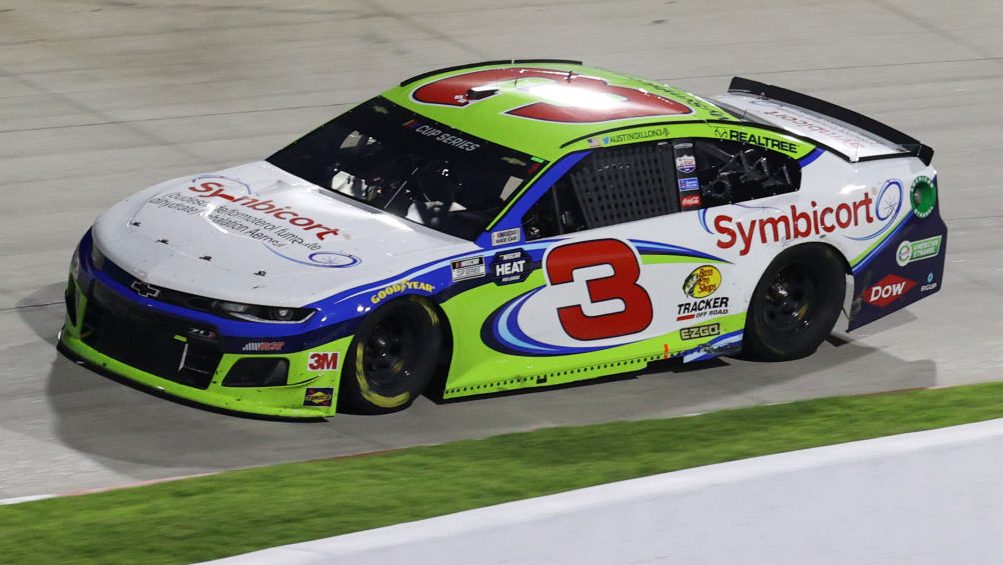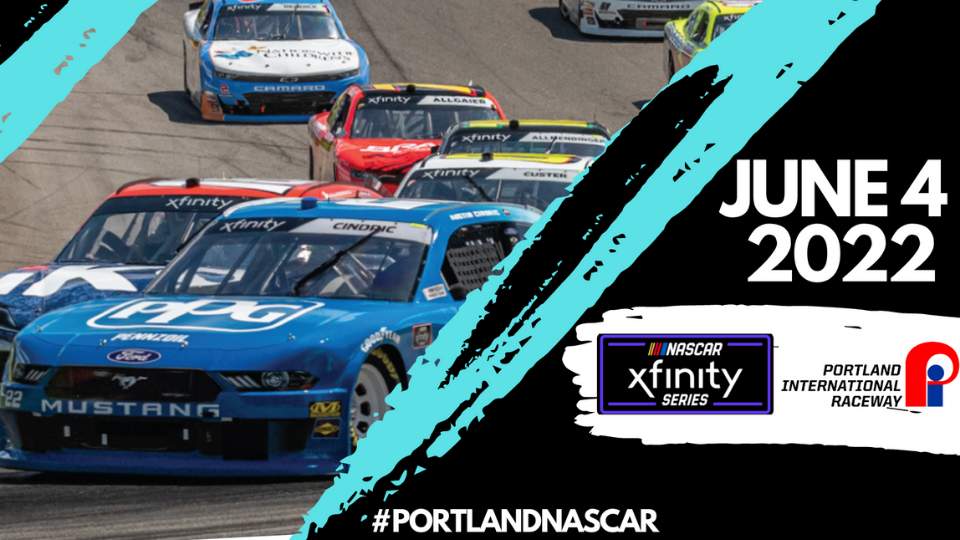
There may be some rules that are not as clear-cut as you think. Although safety precautions are not strictly enforced in Nascar, they still apply. It may surprise you to find out that throwing a helmet into a crowded airfield is a serious offense. Safety precautions are also often overlooked. Unwritten rules state that drivers cannot express their gratitude or thank one another enough. Hand gestures are required for all communication between drivers.
Unwritten rules
NASCAR has unwritten rules that regulate racing behavior. While it is easy to forget these rules in the excitement for winning the checkered ribbon, they are important guidelines to keep in mind. It's not good manners to speak about your favorite driver while racing. This could cause a reversal in the performance of your favorite driver. It's also bad manners to bump the car in front of you while racing. Bumping the car in front of your car while racing will cause it to slow down and lose traction. The lead car will then have to sprint around the bumped car.
Another example is when drivers in the lead lap don't race backwards to avoid the caution flag. The yellow line was traditionally prohibited from drivers in the lead lap. This is no longer true. Talladega is the only track that has a yellow line at Daytona. A driver who fails to pass the yellow line will be disqualified from the race and cannot claim the win.
Points for leading laps
NASCAR points can be earned for leading a lap. Drivers used to be awarded points based their race position. First place drivers were awarded 185, second and third placed drivers received 185, and so on. Drivers are now eligible for a bonus for leading laps, thanks to the new points system. The bonus is an additional point that helps drivers win the race.

Drivers who complete at least one lap in Nextel Cup Series will be awarded five bonus points. This is an improvement on the Winston Cup system that gave the second-place driver the same points for the win as the winner. This made it easier for drivers to win championships. For example, in 2004, the winner would get 175 points and five extra points for leading a lap. 2007 saw a 185 increase in lap-leading points. This resulted in a ten point gap between second-place drivers and the winner.
Checkered flag
The Daytona 500 will not see the official debut of the new rule. Instead, it was used by NASCAR officials this week at the Gatorade Dual at Daytona. This rule will also apply to the NASCAR premier and Truck Series series as well.
When the checkered flag is raised, the race is declared over. Drivers must finish a race by crossing the finish line and avoiding collisions. The checkered flag serves as a warning flag. However, it is only visible if the race leader leads at least one lap.
Pit stops
Pit stops in NASCAR are an important part of the race. Drivers should be able to take their time and eat, as well as use the restroom. They must also know how properly to change tires. Pit stops are practiced hundreds of times, sometimes thousands, by drivers to improve their technique. NASCAR pit stops are usually longer than full-length stops because each team has several people working on their car.
Crew chiefs are responsible in making sure cars pass inspections. The jackman can change tires on both the rear and front of the car with a 22-pound (11 kg) jack. The rear tire changer must be assisted by the jackman when changing the rear tire. After the tire has been changed, the crew chief signals the driver to go.

Safety precautions
Safety is an important aspect of NASCAR. Drivers must be careful and follow certain precautions to avoid any accidents. SAFER barriers surround each track and serve as a safety net. These barriers keep spectators and drivers safe from flying debris.
Drivers must wear driver restraints so they can stay in their cars during an accident. These restraints protect the driver's head from whipping during an accident and keep it in its place. Other safety measures include safety belts and window nets, roof plates and roof plates, as well as fire retardant racing suits. Drivers must also wear a seven-point safety harness, which is designed to secure the entire body and keep the arms free of danger.
FAQ
What is a pit stop?
Pit stops allow you to stop driving and let someone else take over for a few minutes. This is also known as a pit lane.
How long does a race take?
Different races have different lengths.
There are endurance events that can last for several days.
Other races, such as sprints, are shorter.
How fast can a racecar accelerate?
A race car's acceleration rate varies depending on its weight.
A lightweight car, for example, accelerates faster than a heavier car.
Can I view a race car driver's race?
Yes. There are lots of ways to see a race car driver race.
You could purchase tickets to be there. You could also view it online.
You can also follow the race through radio and TV.
Do race car drivers earn money?
Yes. Many race car drivers earn a living wage.
However, some race car drivers only make a small income.
Why do race car drivers dress in special clothes?
Many race car drivers don special clothing.
These clothes keep them cool while racing.
The fabric keeps sweat from seeping down their bodies.
It also protects them from the wind-blown damage to their skin.
Statistics
- According to FormulaMoney, the design, development, and construction of chassis and engines can cost teams as much as $255 million annually. (businessinsider.com)
- According to thepostgame.com, “The Daytona 500 is one of four ‘restrictor plate' races on NASCAR's calendar, given both safety and competitive concerns for the long track and its famous 31-degree banking in its four corners.” (defensivedriving.com)
- According to Toyota, the 390-hp-plus 2019 Yaris WRC runs out of gearing after 124 mph, 19 mph less than the crazy Yaris GR that's currently sitting on dealer lots outside of the U.S. BONUS: (motortrend.com)
- In 2009, the slick tires returned as a part of revisions to the rules for the 2009 season; slicks have no grooves and give up to 18% more contact with the track. (en.wikipedia.org)
- This change may give an improvement of up to 29% fuel efficiency. (en.wikipedia.org)
External Links
How To
How to get started with motorsports
The first step is to learn how to drive. After you've mastered the skill, you can race. If you wish to race professionally, you will need to join a team. To do this, you must demonstrate your ability to communicate well with others and also show that you understand what it takes to win races. You should also be willing to take risks and put your life at risk. Final word: If you wish to be a professional driver you must thoroughly study the sport. You need to know everything about driving including engine maintenance and strategy.